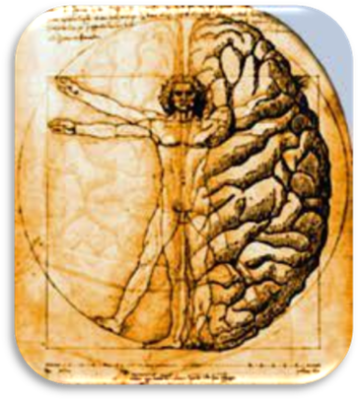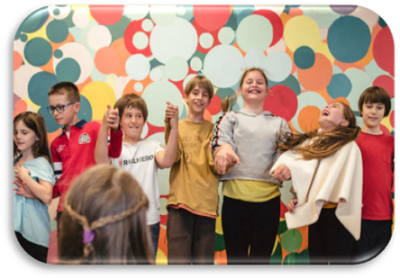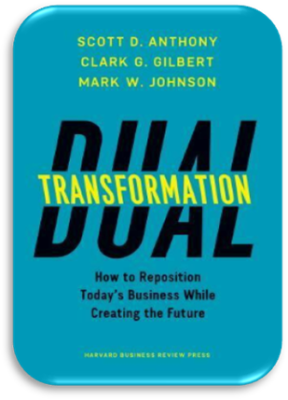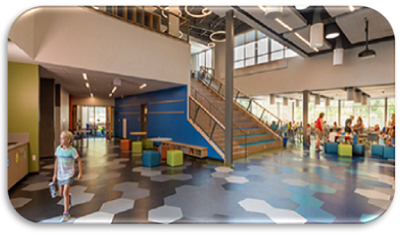ABSTRACTS 3rd Session October 22nd , Saturday morning
NEUROSCIENCE OF LEARNING. HOW TO REIMAGINE TEACHING, TIME AND SPACE

 Recent neuroscientific research has unequivocally proved the value and significance of the body mechanisms in the learning process, opening up a series of reflections on its educational implications.
Recent neuroscientific research has unequivocally proved the value and significance of the body mechanisms in the learning process, opening up a series of reflections on its educational implications.
The presentation will start with the interdisciplinary paradigm of Embodied Cognition (EC) and then it will develop along three paths:
- the scientific constructs interrelated with the world of education,
- the didactic contextualization of EC in schools,
- the EC approach in teachers’ professional training.
The presentation will end with a short commented video showing the scientific inconsistencies of the current school system and some proposals based on Embodied Cognition to be implemented in schools.
.

 During the presentation Dave will be sharing about REAL School where its pedagogy is based on turning dreams into reality. He will discuss a number of projects he has developed with neuroscientist Beau Lotto, including the Blackawton Bees which resulted in 8, 9 and 10 year olds being published in an academic peer review journal.
During the presentation Dave will be sharing about REAL School where its pedagogy is based on turning dreams into reality. He will discuss a number of projects he has developed with neuroscientist Beau Lotto, including the Blackawton Bees which resulted in 8, 9 and 10 year olds being published in an academic peer review journal.
The significance of neuroscience, and more specifically perception, will be explored by looking at its relationship to learning in schools and living in the world more widely. Their work is based around a framework which captures the essence of being a scientist and also supports the building of culture – The 7Cs. In this work science is not a recipe with a certain answer but a way of embracing the unknown and living life.
This session will also engage participants in an experiment, developed by students from REAL School working with Beau.
.

 Albert Einstein said that “we cannot solve our problems with the same thinking we used when we created them.” So why do we keep on doing that in 21st-century education? We are doing so because we are afraid of change that will take us out of our “comfort zone”. We are doing so because we are not courageous enough to contest schooling. We are doing so because we are scared to challenge the institutional apparatus. One of the solutions to this problem is to employ disruptive innovation thinking and utilize a dual transformation strategy. If adapted to education, it can be defined as an approach to reposition today’s schooling “to maximize its resilience while at the same time creating tomorrow’s new growth engine. Dual Transformation will guide [schools, school leaders, and teachers] through the journey of becoming the next version of themselves, allowing them to own the future, rather than be disrupted by it.” And since it is almost impossible to disrupt the system, we need to disrupt what the system does not control, i.e., time and space.
Albert Einstein said that “we cannot solve our problems with the same thinking we used when we created them.” So why do we keep on doing that in 21st-century education? We are doing so because we are afraid of change that will take us out of our “comfort zone”. We are doing so because we are not courageous enough to contest schooling. We are doing so because we are scared to challenge the institutional apparatus. One of the solutions to this problem is to employ disruptive innovation thinking and utilize a dual transformation strategy. If adapted to education, it can be defined as an approach to reposition today’s schooling “to maximize its resilience while at the same time creating tomorrow’s new growth engine. Dual Transformation will guide [schools, school leaders, and teachers] through the journey of becoming the next version of themselves, allowing them to own the future, rather than be disrupted by it.” And since it is almost impossible to disrupt the system, we need to disrupt what the system does not control, i.e., time and space.
According to the Merriam-Webster dictionary, time is “…a nonspatial continuum that is measured in terms of events which succeed one another from past through present to future.” And space, according to the Oxford dictionary, is “the dimensions of height, depth, and width within which all things exist and move”. ‘Things that exist and move’ connect time and space and take schooling away from the 9:00 am-3:00 pm ‘time’ and the brick-and-mortar ‘space’.
 In this ADI International Meeting 2022, I will argue that breaking schooling traditional concept of time and space will be the ‘new growth engine’ and thus will allow us, educators, ‘to own the future, rather than be disrupted by it’. The new concept of time and space can lead the shift from a content-based curriculum to a knowledge and skills-based curriculum, along with a new approach of continuous bite-size learning of skills and competencies. The pedagogy behind this bite-size approach is to break skills and competencies to their atomic components and develop a Nano-course on every “atom”, running a series of Nano-courses which culminate in an acquisition of the whole skill or competency. The Nano-courses pedagogy is also reinforced by the neuroscience of learning, specifically by the Complementary Learning Systems (CLS) theory which “…suggests that the brain uses a ’neocortical’ and a ’hippocampal’ learning system to achieve complex behavior. These two systems are complementary in that the ’neocortical’ system relies on slow learning of distributed representations while the ’hippocampal’ system relies on fast learning of pattern-separated representations.” These systems project to the striatum, a key neural structure in the brain’s implementation of Reinforcement Learning (RL). This theory, I believe, will bring AI and machine learning to the forefront of future education.
In this ADI International Meeting 2022, I will argue that breaking schooling traditional concept of time and space will be the ‘new growth engine’ and thus will allow us, educators, ‘to own the future, rather than be disrupted by it’. The new concept of time and space can lead the shift from a content-based curriculum to a knowledge and skills-based curriculum, along with a new approach of continuous bite-size learning of skills and competencies. The pedagogy behind this bite-size approach is to break skills and competencies to their atomic components and develop a Nano-course on every “atom”, running a series of Nano-courses which culminate in an acquisition of the whole skill or competency. The Nano-courses pedagogy is also reinforced by the neuroscience of learning, specifically by the Complementary Learning Systems (CLS) theory which “…suggests that the brain uses a ’neocortical’ and a ’hippocampal’ learning system to achieve complex behavior. These two systems are complementary in that the ’neocortical’ system relies on slow learning of distributed representations while the ’hippocampal’ system relies on fast learning of pattern-separated representations.” These systems project to the striatum, a key neural structure in the brain’s implementation of Reinforcement Learning (RL). This theory, I believe, will bring AI and machine learning to the forefront of future education.
The lecture will conclude with a short presentation of a Tel Aviv high school case study on one of the most important skills today – problem-solving. The case study was developed within the ecosystem of the Learning Compass, an essential component in the OECD Future of Education and Skills 2030, and employed the method of Lean startup.
.

 Lene will talk about the development from the mono functional classroom to human centered learning spaces for 21st century learning, supporting a learning culture of collaboration and student agency.
Lene will talk about the development from the mono functional classroom to human centered learning spaces for 21st century learning, supporting a learning culture of collaboration and student agency.
Transitioning to a new design of learning spaces is not an easy endavour. It requires far more than good design, and many decisions are made far from the classroom, resulting in solutions that may often not be meaningful to teachers.
Lene works to bridge that gap, giving teachers and students the leading voice in learning space and school design of the future. She will share her work with early stage engagement of teachers and students through her Learning Space Design Lab where thousands of teachers and hundreds of students this far have given very clear evidence of their dream of tomorrows learning spaces.



